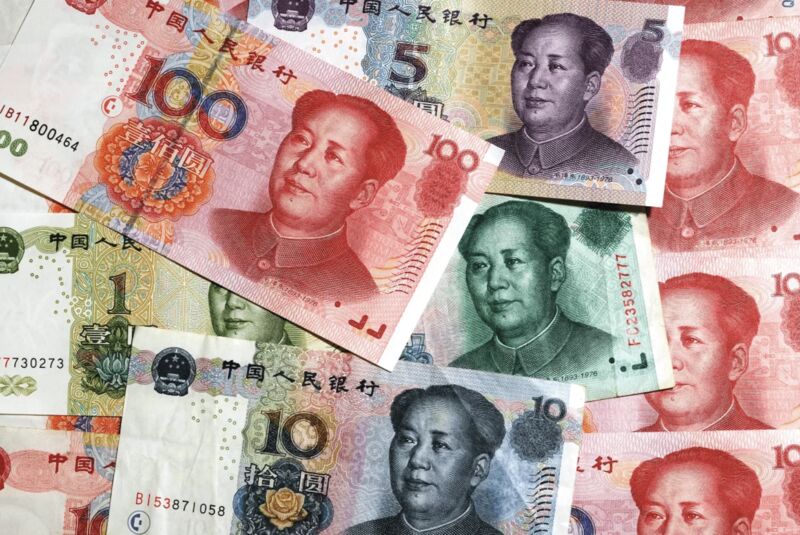The fall of the Chinese currency, nearly 6% over the last quarter, is similar to the performance of the other major Asian currencies: the yen, the won, or the Taiwan dollar. The movement tells us about the global system’s constraints on each country, including the world’s second-largest economy. It also shows how the dollar dominates the financial world, and the Federal Reserve determines the choices of the other central banks.
The People’s Bank of China’s response was also not very different from its Asian counterparts. Indeed, the Chinese economic cycle, pandemic obliges, is different from that of other economies such as Japan or Taiwan. However, the goal is the same: limiting the currency’s decline to give companies time to adapt. Moreover, the evolution of the currency reflects quite well the economic situation and the difference in monetary policy. China’s growth has been relatively anemic, and Beijing has cautiously implemented stimulus measures, including modest cuts in interest rates and reserve requirements for lenders. Inflation is well below levels in the United States, where rates are rising rapidly, as is the case in almost every other major economy. In addition, the Yuan is relatively stable against the currencies of its 24 principal trading partners. We are not witnessing a fall in the Chinese currency but an appreciation of the king dollar in the context of rising risks and massive increases in US rates.
The Japanese Ministry of Finance has recently directly supported its currency by massively buying the yen. It is estimated that BOJ spent more on the afternoon of September 22 to support the yen than during all of 1998, the last time it resorted to such purchases. South Korea has pledged to buy more of its debt. For their part, Indonesia and India have also intervened to strengthen their currencies. The PBOC imposed a 20% risk reserve requirement on banks’ forex activity, making it more expensive to short the Yuan.
Finally, a weaker yuan is not necessarily bad for China as it could make its exports more competitive and help stimulate the economy when domestic demand is weak. The performance of the Chinese currency now evolves in line with the relative performance of the economy within a global framework of growth, inflation, interest rates, and capital flows.
